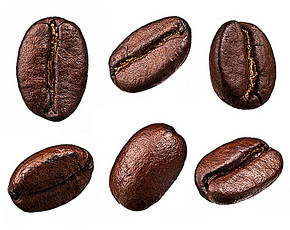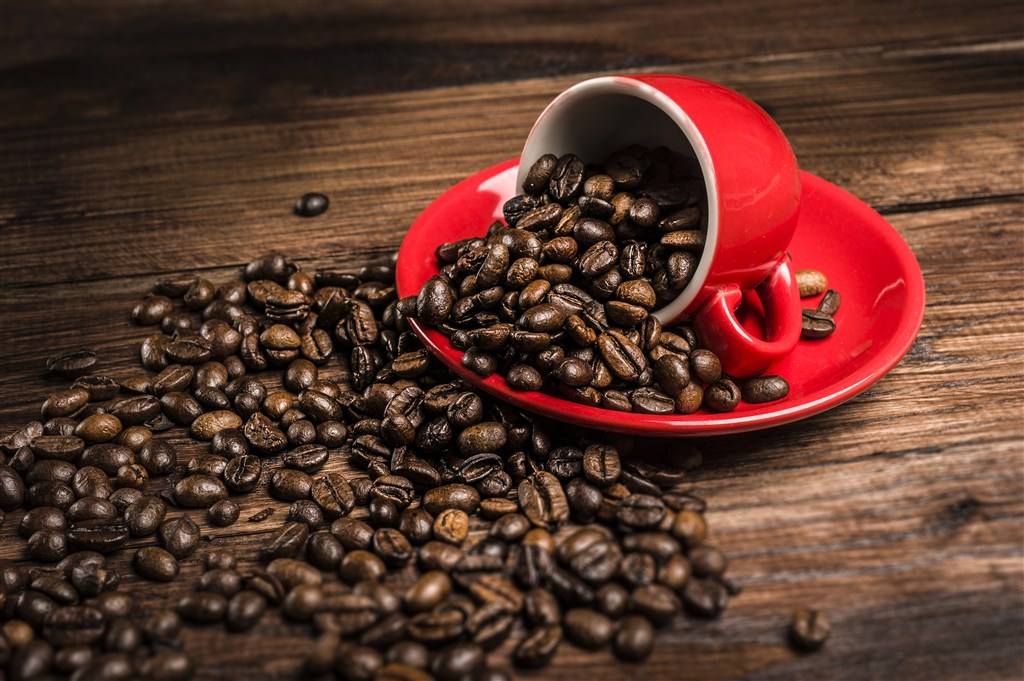How to brew Nicaraguan coffee beans
Pay attention to coffee reviews (Weixin Official Accounts vdailycom ) and find a beautiful cafe to open your own shop
How to brew Nicaragua coffee beans
Hand-washed Nicaragua dense processing (medium baking) a cup, recommended 15 grams of powder, 88 ~89 degrees water temperature, water powder ratio 1:15, small Fuji grinding degree 4, so hand-washed extract out of the taste clean and bright, sweet, rich, fruity aftertaste lasting, high sweetness and soft sour.
Nicaragua is located in central Central America, bordered by the Pacific Ocean to the west and the Caribbean Sea to the east. North central highlands, coastal plains to the east, is part of the Central American volcanic belt. The eastern plain is hot and rainy, and has a tropical marine climate. Suitable climate provides a good growing environment for coffee cultivation.

High quality Nicaragua coffee, grown in the north and centre of the country. Coffee is Nicaragua's pillar industry, producing nearly a hundred thousand tons of coffee beans every year. Many people who have tasted Nicaragua coffee usually think that it is no different from Salvadoran coffee or Honduran coffee. It is rich aroma, smooth and delicate, slightly bitter finish, as if the wine in the faint flavor.
In many countries coffee production is severely affected for political reasons. The coffee industry in Nicaragua is no exception. The revolution of 1979 forced coffee growers to flee to Miami. A period of uncertainty ensued, as the Government considered whether to reallocate land, including many plantations, which led to a shortage of coffee supplies and a decline in production, from more than 1 million bags in the early 1970s to less than 600,000 bags in 1990. Now the government has liberalized the coffee industry and private owners have taken control of the market. The best coffees are produced in Sinotka, Matagalpa, and Nueva Segovia. They are pleasant with moderate acidity and aromatic taste.
Nicaragua is now one of the poorest countries in Central America. Because of its poor economic base, the coffee industry is still in a relatively backward state, while coffee farmers are in an extremely poor state. Fortunately, Nicaragua's coffee has received some foreign aid funds to improve the quality of its coffee. Nicaragua's Madagelba, Chinodega, Segovia region of coffee produced by coffee lovers respected the world. In particular, coffee grown in the Madagerba region tastes very similar to Kenyan AA coffee.
Important Notice :
前街咖啡 FrontStreet Coffee has moved to new addredd:
FrontStreet Coffee Address: 315,Donghua East Road,GuangZhou
Tel:020 38364473
- Prev

How to taste Nicaraguan coffee
Following Kaibei (Wechat official account vdailycom) found that the Beautiful Cafe opened a small shop of its own Nicaragua is located in central Central America, it is bordered by the Pacific Ocean to the west and the Caribbean Sea to the east. The highlands in the north and the coastal plains in the east are part of the Central American volcanic belt. The eastern plain is high-temperature and rainy, with a tropical maritime climate. The suitable climate provides excellent for the cultivation of coffee.
- Next

The flavor characteristics of Nicaraguan coffee. How does Nicaraguan coffee taste?
Follow the caf é (Wechat official account vdailycom) and found that Nicaragua has opened a small shop of its own. Nicaragua is one of the main coffee producing countries, producing high-quality coffee. Even coffee from the Antigua Mountains of Guatemala, which is famous in Asia, imports raw beans from Nicaragua. Nicaraguan coffee is not well-known in Asia, but in fact, Nicaraguan coffee is already famous all over the world.
Related
- Detailed explanation of Jadeite planting Land in Panamanian Jadeite Manor introduction to the grading system of Jadeite competitive bidding, Red bid, Green bid and Rose Summer
- Story of Coffee planting in Brenka region of Costa Rica Stonehenge Manor anaerobic heavy honey treatment of flavor mouth
- What's on the barrel of Blue Mountain Coffee beans?
- Can American coffee also pull flowers? How to use hot American style to pull out a good-looking pattern?
- Can you make a cold extract with coffee beans? What is the right proportion for cold-extracted coffee formula?
- Indonesian PWN Gold Mandrine Coffee Origin Features Flavor How to Chong? Mandolin coffee is American.
- A brief introduction to the flavor characteristics of Brazilian yellow bourbon coffee beans
- What is the effect of different water quality on the flavor of cold-extracted coffee? What kind of water is best for brewing coffee?
- Why do you think of Rose Summer whenever you mention Panamanian coffee?
- Introduction to the characteristics of authentic blue mountain coffee bean producing areas? What is the CIB Coffee Authority in Jamaica?

